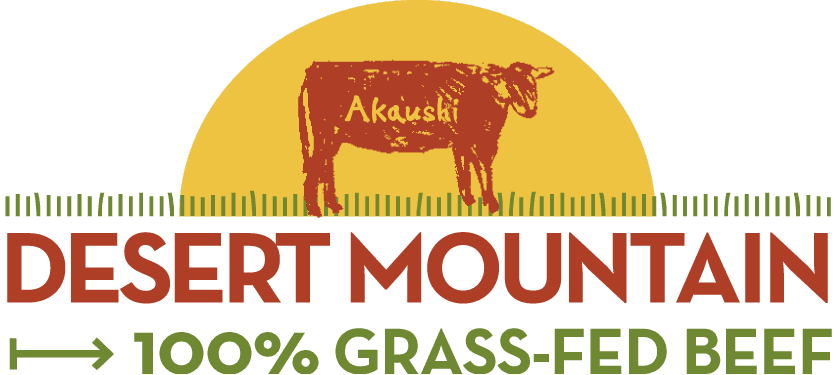Grow, nurture, love, raise, repeat. A Mother’s Day tribute.
For the love of mothers.
This is a special edition blog post about all the good mommas out there, and I am not just talking about the lady who raised you. This is a blog about ranching, remember?
Grow, nurture, love, raise, repeat. My mantra. Not only mine, though. This is simply what mothers do.
Mom, also known as:Hair braider, laundress extraordinaire, kitchen magician, bedtime police, giver of love and snuggles, boo-boo kisser, manners and hand-washing enforcer, homework reviewer, taxi driver, cheerleader, garden grower, room cleaner, diaper changer, gift giver, life lesson teacher, fixer of all things in need of mending, barber, believer and supporter, rule maker, confidence builder, lunch packer, etc. But let’s remember folks… LIFE GIVER. None of us would be here without her.Here on the ranch, I am typically teased about leaving my cushy day job. I got to look pretty, (hair brushed, makeup on, fancy town shoes, you know the drill) sit INSIDE behind a desk in terrible weather, and evaluate lots of things on computer screens. The reason I get teased is because coming back to the ranch I got “volunteered” (in quotes because I didn’t actually have a say in the matter), to be the night calver.For any of you that don’t know what it means to night calve on a ranch, I will paint a brief picture for you. Winter. Night time. Cold. Anything can happen. When I say anything, I mean anything.For example, one night I was out checking the heavies (heavies: mother cow that appears to be close to having her calf), I could clearly see that a cow had just calved. There was snow on the ground and it was almost 20 below zero. In those temperatures you have roughly twenty minutes or less before that new, wet calf freezes to the ground and can die. So there I was in the dark, in the snow, frantically looking for the calf. I can see where the cow calved but no calf! Well, that cow had delivered her baby on the other side of the fence of the night pen. The sides of fencing there are higher and she literally stuck her butt up against the fence and delivered that little peanut over the other side. I found him, got him warmed up quickly, and got them both inside the calving barn to a warm dry stall. He lived. She loved him, even if she did drop him over the side of the fence into a snowbank.Our calving season typically begins the end of January, full on mayhem by mid-February, and just a few stragglers by early April. I watch the mother cows from approximately 9 pm to 2 am (yes, in the morning) and try to determine which ones are close enough to calve, if cold enough (typically 20 degrees or less) find a place to run them in out of the cold and keep them on dry ground.There can be problems such as a breech baby, instead of two front legs and nose first, hind end comes first. Some cows show signs of labor but have problems and you have to watch that they aren’t laboring too long (just like ladies). Sometimes the baby is too big and needs a little help, in which case we would assist her in delivering that calf.The other tricky thing is to make sure those new babies that hit the ground have suckled momma cow. It is amazing how quickly you become a pro at identifying which teats have been sucked, in the dark, in a snowstorm, with a flashlight that always seems low on batteries. In a nutshell, try to keep everything alive, fed, and warm enough not to freeze off tails, ears, or your own bum.I am going to let you in on a little secret. I love it. Every freezing cold, sometimes terrifying, always awe-inspiring moment of it. This time of year, at night, is magical. Like unicorns and rainbows magical. I get the honor of being midwife to a few hundred large bovines, soon to be mothers.Being a mother myself, I can relate to the stages of labor. Not to mention that first touch between mother and baby on the outside world. Cows are exceptional mothers. So much in fact, that sometimes it is a little dangerous helping the new momma take good care of her baby. The cow doesn’t always like me close or picking up her new pride and joy and taking it in a stall, hoping she will follow closely but not trample me to bits in an effort to protect her precious, wobbly little calf.I get to watch the miracle of life (yes, it is totally and wholly miraculous) on a nightly basis. While cows do things a little different, like eat their placenta after the baby comes (I am not judging, but it freaks most people out immensely), lick off the afterbirth, and sometimes give birth in the most awkward of places, it is still, hands down the most naturally miraculous thing that we as human mothers share with the natural world. So next time you are driving along and see a field with cows and their calves, give a silent high five to all those good momma cows out there. While you are at it, make sure you’ve let your own mother know just how darn lucky you are to be here and thankful she didn’t drop you in a snowbank in the north forty somewhere.





